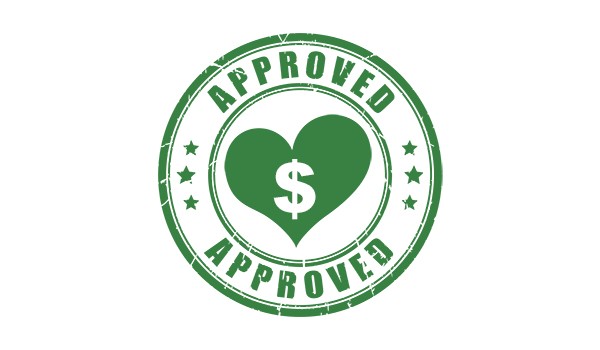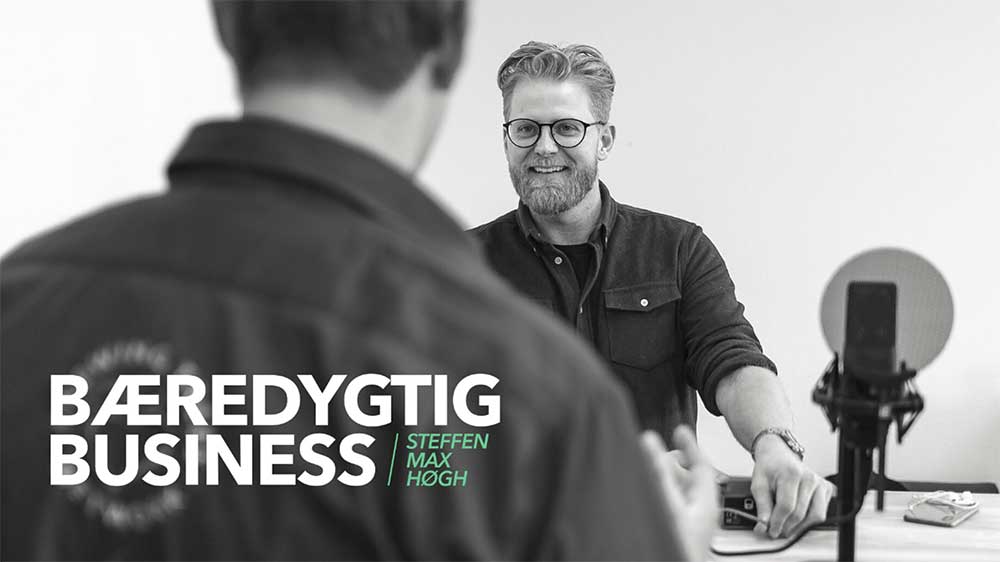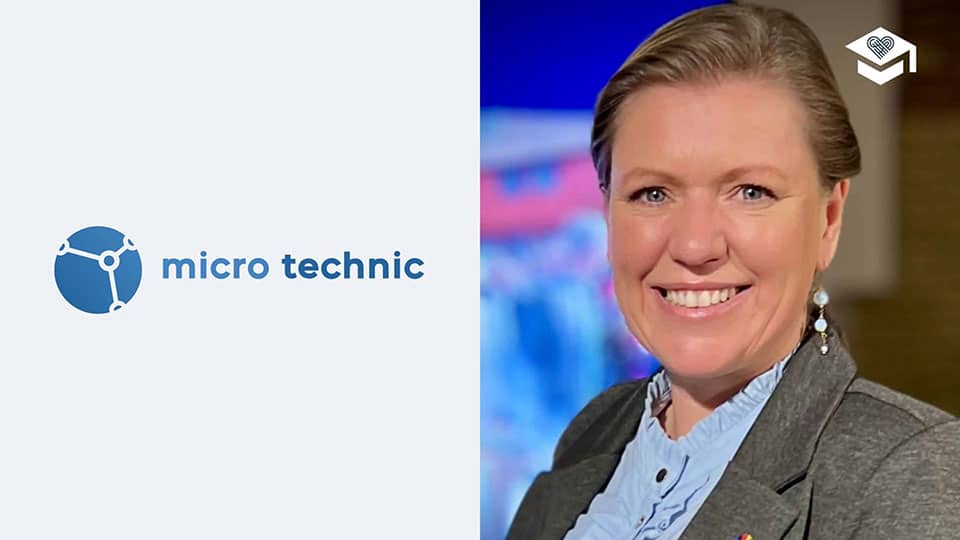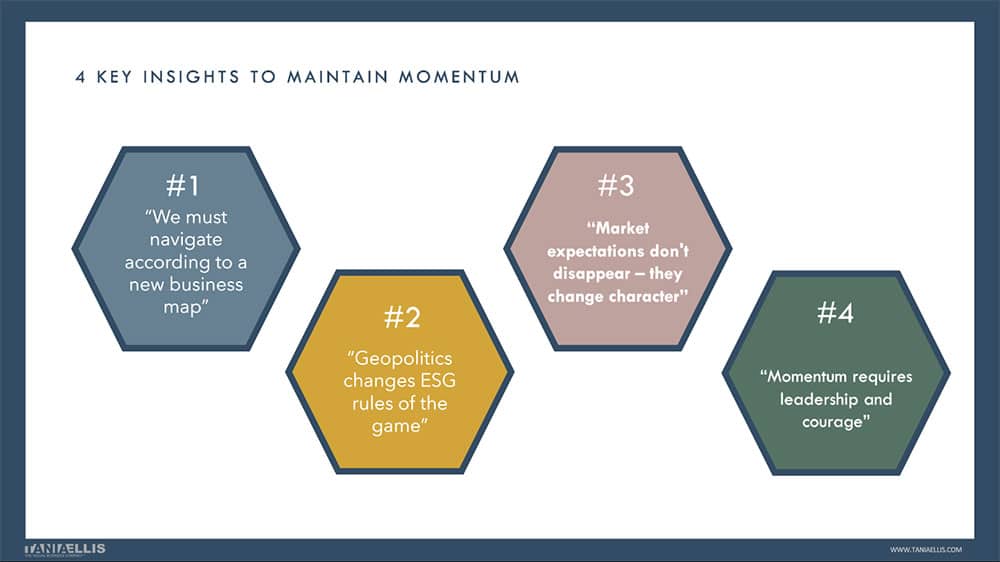Do you sometimes feel like a lonely sustainability crusader in a dangerous business world? Well, you’re not!
There are many other CSR professionals that are struggling to achieve CSR buy-in and get their internal stakeholders onboard the sustainability train.
Because even though many businesses have their codes of conduct, CSR policies or sustainability strategies in place, this does not necessarily mean that top management or the rest of the organisation have actually bought in to the agenda.
So what can CSR change agents do to get buy-in from both management and colleagues? Here are five suggestions based on my experience from the practitioner field:
1. Understand the company culture
Many professionals spend a lot of time on developing strategies and targets for their CSR efforts. However, when it comes to rolling out these strategies, implementation often fails despite the good intentions.
Why? Because many tend to forget the most important thing: the company culture.
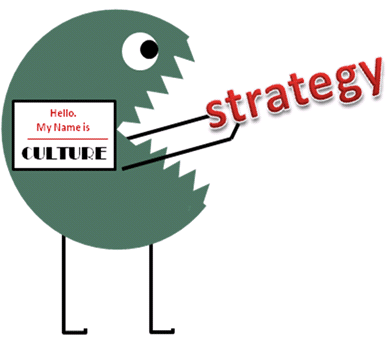
In other words, implementing your corporate sustainability and responsibility efforts has nothing to do with CSR – it’s about change management:
Which (in)formal power structures, language, symbols, stories and rituals are present in your company? All of this is crucial to how you communicate and ensure internal buy-in to your CSR efforts.
At our own Sustainable Business Change Manager certification course, we, for example, work with The Competing Values Framework tool to identify the different company cultures of our participants.
Feel free to try it out yourself – it will provide you with valuable insight into your company’s change readiness, leadership styles and values. And thereby also with valuable input to how you should approach your engagement strategy and business case.
2. Know your internal stakeholders
A lot of effort is often put into identifying and mapping the company’s external stakeholders. But as a change agent, you have to focus just as much on analysing your internal stakeholders.
For example, you could map those of your stakeholders who are of high/low importance and high/low influence. Who could potentially be your allies and opponents? When should you involve them – and how?
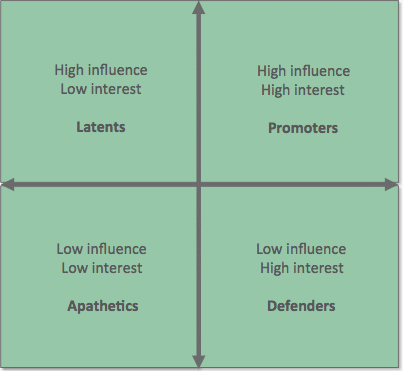
This exercise will provide you with a better overview of who could be important for you to involve (as key supporters), and of those, who can probably wait till a later point in time.
Informal meetings or formal interviews with key decision-makers and influencers in the company can also give you a better understanding of their views on CSR, business priorities and terminologies used, so you can choose the right arguments and concrete wording for your business case.
3. Find a ‘burning platform’ or create a vision
Incorporating CSR into the business often requires changes in, for example, working procedures, or may even require a whole new way of thinking about business. So how do you convince management or others in the organisation that these changes are necessary?
This is where the ‘burning platform’ comes into the picture.
Are there any poor economic results in the company, a weak image, employee retention issues, increasing prices on resources, loss of supplier contracts, low innovation capacity or other pressing issues that the company is struggling with?
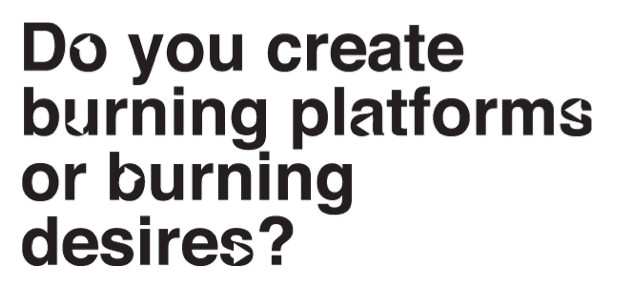
Then this could be your leverage to bring the corporate responsibility and sustainability onto the agenda.
A positive vision for the future of your business could also be a way to get internal buy-in. What does the company want to be known and recognised for? What kind of company would we like to be in 5, 10 or 20 years from now?
4. Make use of both rational and emotional arguments
I often experience that a lot of energy is spent on quantifying the CSR activities. But in order to get buy-in on CSR, you have to make sure that you build up strong and convincing arguments that speak to both heart and mind.

Make sure you have good real-life stories that are captivating and demonstrate which impact your CSR efforts can/will have. And of course also make sure you have facts and figures ready to back up your emotional story.
Read more in my blog post: Build an effective business case for CSR.
If you can’t yet deliver a proof of concept for your own CSR initiatives, use related examples from other companies that you know are highly respected in the organization. What kind of benefits and results have they achieved?
Or maybe use examples from your competitors – that might just give you the burning platform you’re looking for!
5. Start with the low-hanging fruits
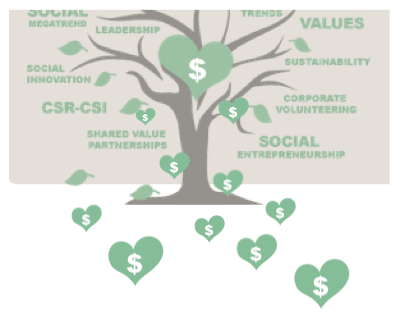
Corporate responsibility and sustainability can be practiced within many business disciplines – from focusing on employer branding, responsible value chains and procurement to product development, consumer communication and sales.
In other words, CSR may be already be practiced in your company – you might just be calling it something else.
Therefore, start by identifying what CSR-related efforts are already working well for the business – or focus on new CSR initiatives that can be implemented fairly easily.
Be transparent with your results and achievements, and make sure to celebrate every milestone, so the benefits of the company’s CSR efforts are showcased. This may very well energize the organization for CSR buy-in – and give decision-makers the courage to take new and more bold CSR steps.
Here’s an infographic summary of CSR Buy-in – feel free to download:
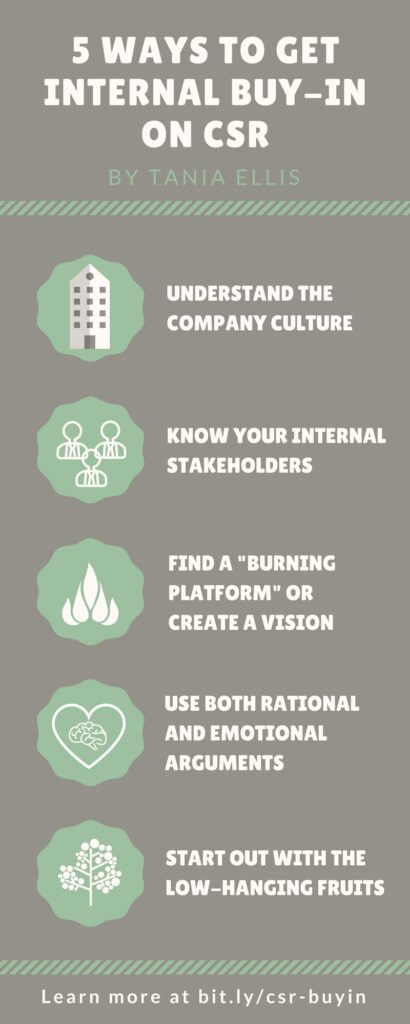
These are just five suggestions based on my experience from the practitioner field. I’d love to hear what has worked for you – or not worked? What would be your key advice – your top do’s & don’ts?
Tania Ellis is a prize-winning international speaker, writer and advisor specialised in social business trends and strategies within corporate responsibility, sustainability and social innovation. For more inspiration & insights, sign up to her newsletter here or visit www.taniaellis.com


